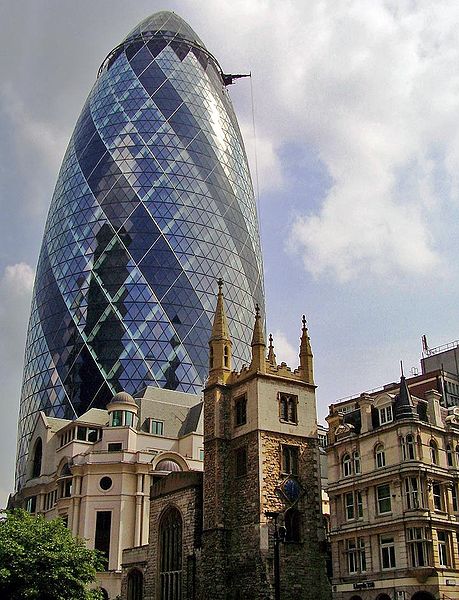Hello ladies and gents this is the Viking telling you that today we are talking about
ENGLISH ARCHITECTURE
The architecture of England is the architecture of modern England and in the historic Kingdom of England. It often includes buildings created under English influence or by English architects in other parts of the world, particularly in the English and later British colonies and Empire, which developed into the Commonwealth of Nations.
Apart from Anglo-Saxon architecture, the major forms of non-vernacular architecture employed in England before 1900 originated elsewhere in western Europe, chiefly in France and Italy, while 20th-century Modernist architecture derived from both European and American influences. Each of these foreign modes became assimilated within English architectural culture and gave rise to local variation and innovation, producing distinctive national forms. Among the most characteristic styles originating in England are the Perpendicular Gothic of the late Middle Ages, High Victorian Gothic and the Queen Anne style.
High-tech architecture
High-tech architecture emerged as an attempt to revitalise the language of Modernism, it drew inspiration from technology to create new architectural expression . The theorical work of Archigram provided significant inspiration of the High-tec movement. High-tech architecture is mostly associated with non-domestic buildings, perhaps due to the technological imagery. The two most prominent proponents were Richard Rogers and Norman Foster. Rogers' most iconic English building is the Lloyd's building, situated nearby is Foster's most famous 30 St Mary Axe building (nicknamed The Gherkin). Their respective influence continues into the current century.
Postmodern architecture
Postmodern architecture also emerged as an attempt to enrich Modern architecture. It was especially fashionable in the 1980s, when Modernism had fallen from favour, being associated with the welfare state. Many shopping malls and office complexes for example Broadgate used this style. Notable practitioners were James Stirling and Terry Farrell, although Farrell returned to modernism in the 1990s. A significant example of postmodernism is Robert Venturi's Sainsbury Wing of the National Gallery.
And as always have a chilled day from the Viking.

Comments
Post a Comment